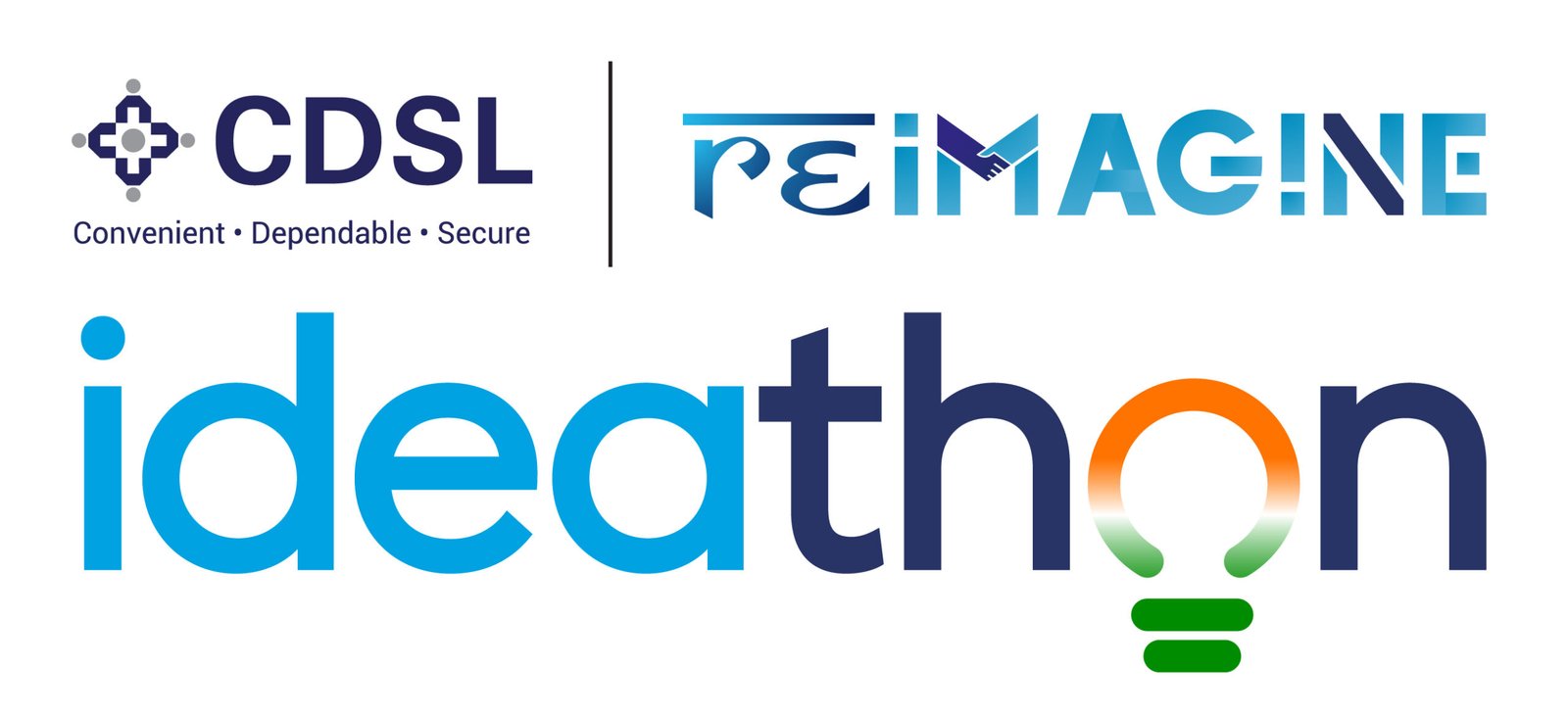Authour: Nimish Goel, Class 12, Bishop Cotton School, Shimla
Income inequality is one of the most pressing issues facing societies around the world today. Despite the tremendous growth in global wealth over the last few decades, the gap between the rich and the poor continues to widen. This phenomenon, where a disproportionate amount of wealth is concentrated in the hands of a few, has far-reaching economic, social, and political consequences. Understanding the causes of income inequality, its impact on society, and the potential solutions is crucial in addressing this persistent problem.
Several factors contribute to the growing income disparity across the world, with both structural and individual factors playing a role.
Firstly Technological Advancements,
In recent decades, technological innovation has transformed the global economy. While automation, artificial intelligence, and digital platforms have led to unprecedented productivity growth, they have also displaced many low-skilled jobs. For instance, factory workers, retail employees, and other service industry workers have found their positions at risk due to the automation of tasks that were once done manually. Conversely, high-skilled workers in tech-related fields have seen their incomes soar, contributing to the increasing income gap.
Secondly Globalization
The advent of globalization has further exacerbated income inequality. While it has lifted millions out of poverty, particularly in developing countries, it has also created a class of ultra-wealthy individuals and corporations. Multinational companies can now access cheap labor in low-wage countries, resulting in job losses in high-wage economies. At the same time, the benefits of global trade and investment often accrue disproportionately to those with capital, leaving low-skilled workers behind.
Education also is one of the postulates
Education plays a significant role in income distribution. In many countries, there is a growing divide between the educational opportunities available to different segments of society. Those with access to quality education are more likely to acquire high-paying, skilled jobs, while those without it face limited prospects. This educational disparity contributes directly to income inequality, as individuals with higher levels of education and specialized skills earn significantly more than those without.
Government Policies:
Government policies also have a major impact on income distribution. In countries where progressive taxation, social safety nets, and public healthcare systems are weak, the wealthy tend to benefit disproportionately. Tax cuts for the rich and deregulation in certain sectors can lead to a concentration of wealth in the hands of a few, further widening the income gap. Additionally, inadequate public investment in education, healthcare, and infrastructure can leave the most vulnerable segments of society at a disadvantage.
Labor Market Changes:
Over the past few decades, labor market dynamics have shifted. There has been a rise in part-time, contract, and gig work, which offers workers less job security, fewer benefits, and often lower wages. As companies seek to cut costs and maximize profits, they increasingly rely on temporary and low-wage workers. Meanwhile, the highest earners, typically those in management or specialized professions, have enjoyed significant wage.
Now that we have some idea of the causes it’s delve into the consequences which follow.
Social Stratification:
When wealth is concentrated in the hands of a few, it creates a clear division between the rich and the poor. This disparity leads to social stratification, where access to resources such as quality education, healthcare, and housing is determined by income. As a result, lower-income individuals and families experience a lower quality of life, reduced social mobility, and limited opportunities for advancement. This inequality often becomes entrenched across generations, perpetuating poverty cycles.
Economic Growth and Stability:
While proponents of free markets argue that income inequality is a natural result of competition, research shows that excessive inequality can actually hinder long-term economic growth. When large segments of the population lack purchasing power, overall demand for goods and services stagnates, slowing down economic growth. Furthermore, inequality can lead to social unrest, as people who feel left behind may protest against the system, leading to instability.
Political Polarization:
Income inequality can also contribute to political polarization and a breakdown in social cohesion. As the rich grow wealthier, they often have more influence over political decision-making, using their wealth to lobby for policies that further entrench their privileges. Meanwhile, lower-income citizens may feel alienated and disconnected from the political process, which can undermine trust in institutions and erode democratic values.
Like any other problem this can also be solved by the following steps.
Addressing income inequality requires a multi-faceted approach that involves both policy changes and societal shifts. Several solutions can be implemented to reduce inequality and promote a more equitable society.
Progressive Taxation:
A progressive tax system, where individuals and corporations with higher incomes pay a larger percentage of their earnings in taxes, can help redistribute wealth and reduce inequality. Governments can use the revenue generated from these taxes to fund social programs, including education, healthcare, and public infrastructure, which benefit lower-income individuals and provide them with opportunities to improve their standard of living.
Investment in Education and Skill Development:
To bridge the income gap, it is essential to invest in education and skill development. Ensuring that all individuals have access to quality education, from primary through to tertiary levels, can provide them with the tools to compete in an increasingly globalized economy. This includes not just traditional academic education, but also vocational training and apprenticeships that can equip individuals with practical skills for high-demand industries.
Strengthening Labor Rights and Social Safety Nets:
Governments must implement policies that protect workers’ rights, including fair wages, job security, and benefits. Strengthening labor unions and creating a safety net for the unemployed can help ensure that workers are treated fairly and have the support they need in times of economic hardship. Social programs such as unemployment insurance, healthcare, and affordable housing can help reduce the disparities in income and wealth.
Encouraging Corporate Social Responsibility:
Corporations can also play a role in addressing income inequality. Encouraging businesses to adopt socially responsible practices—such as paying fair wages, providing benefits, and ensuring a diverse workforce—can help mitigate the negative effects of inequality. Additionally, encouraging companies to invest in local communities and support social causes can promote a more inclusive economic system.
Conclusion
Income inequality remains a complex issue with far-reaching consequences for individuals, societies, and economies. While the factors contributing to inequality are multifaceted, addressing the issue requires a concerted effort from governments, businesses, and individuals. By implementing progressive taxation, investing in education, strengthening labor rights, and encouraging corporate responsibility, we can begin to narrow the income gap and create a more just and equitable society. The economic and social benefits of reducing inequality are clear: a more stable, prosperous, and harmonious society for all.











